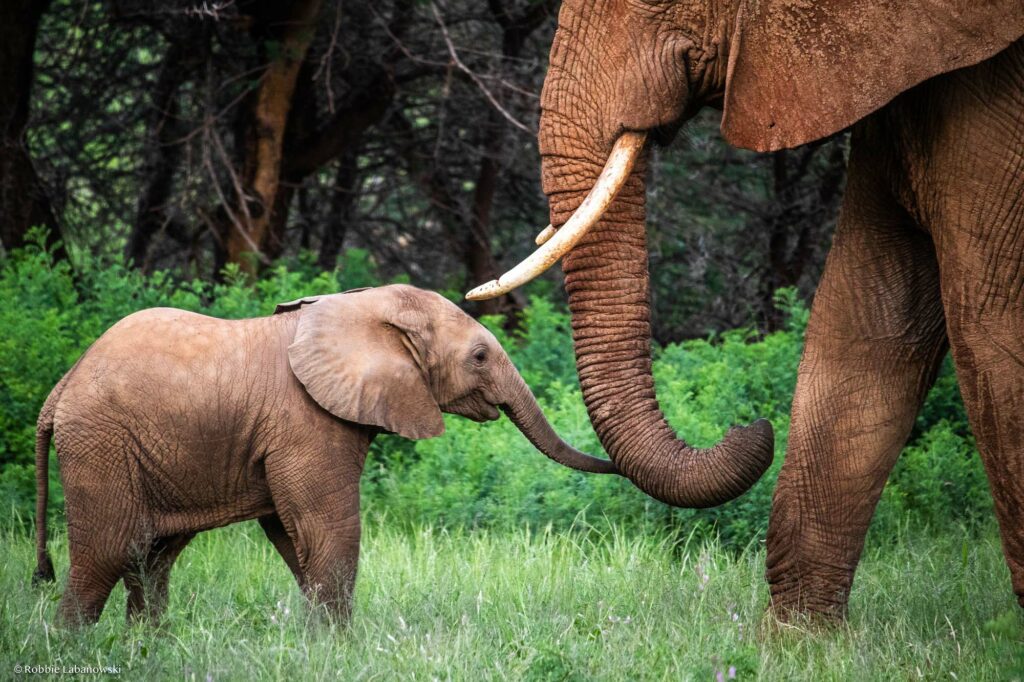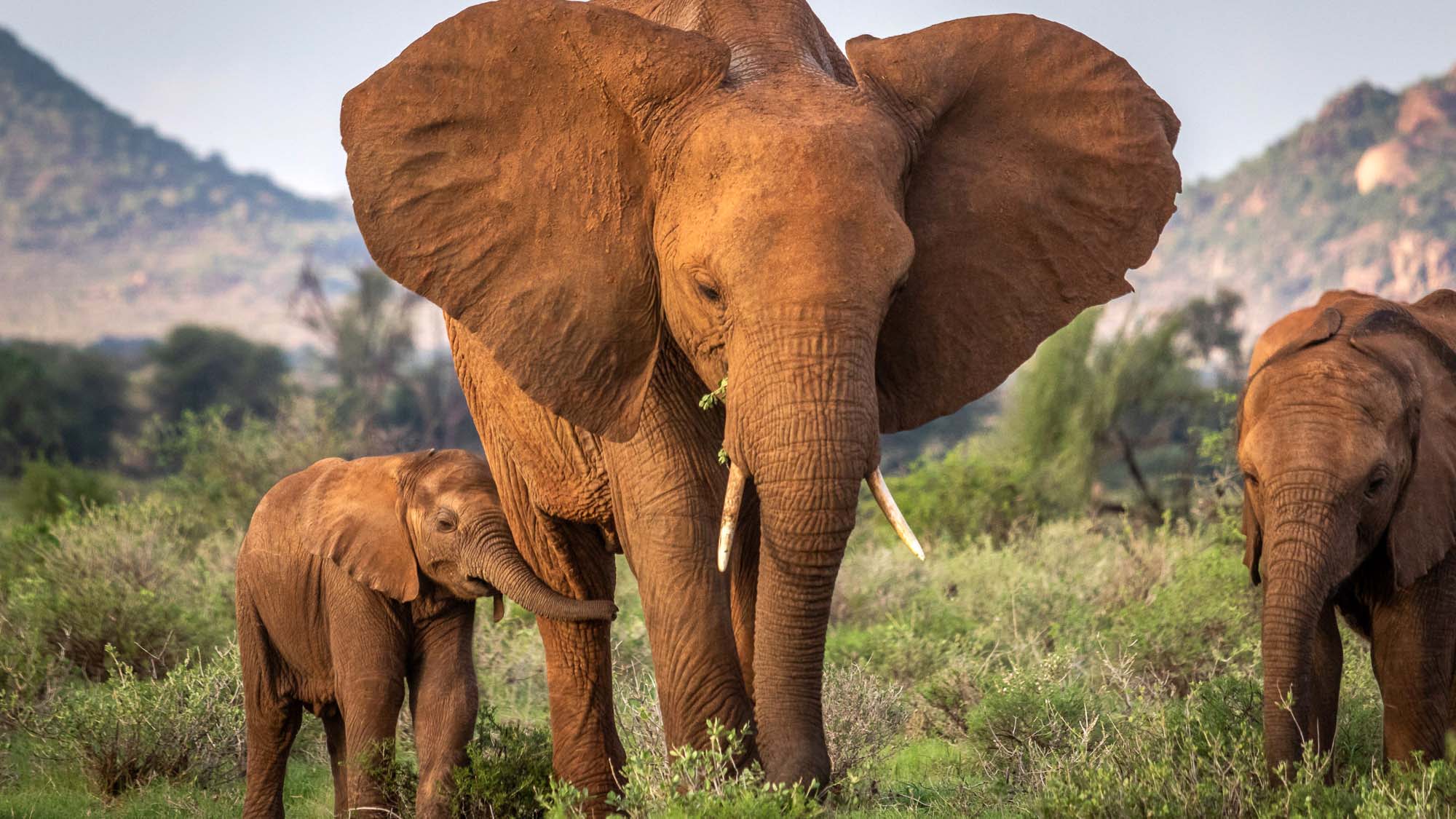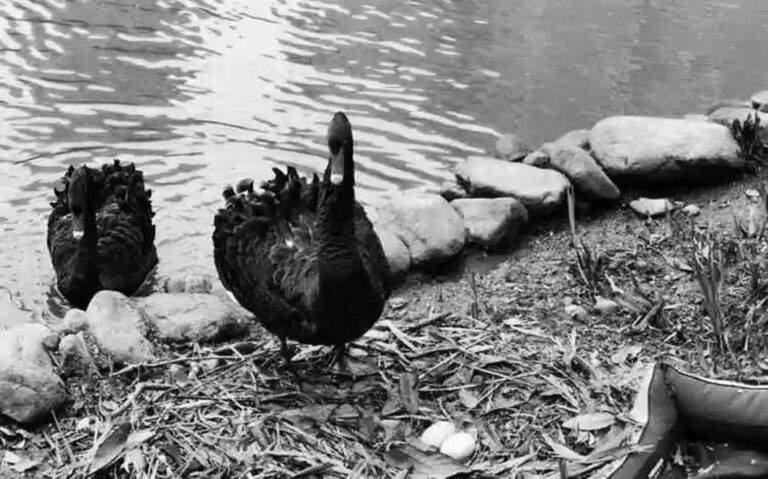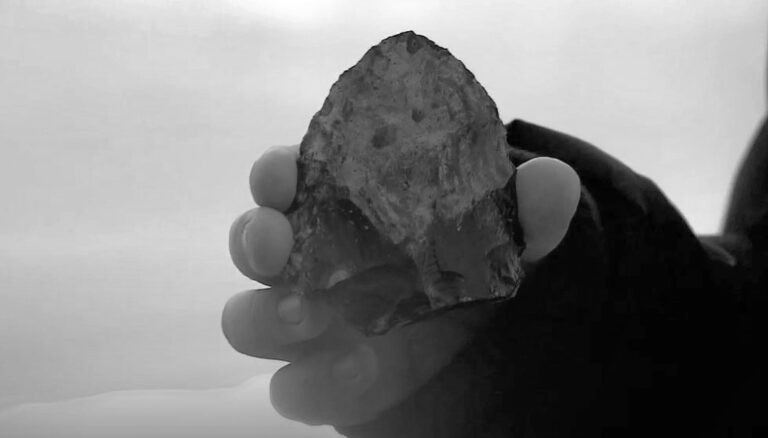Studies have found that even after an orphaned elephant is adopted into a new herd after losing its parents to poaching its chances of survival remain poor compared to those raised by biological parents which puts pressure on already declining elephant populations.
A pair of studies, published recently by researchers at Colorado State University and Save the Elephants (STE) found that orphaned juvenile elephants have less chance of survival even in a herd and this in turn has a significant impact on population growth.
Both studies examined data collected on elephants over a 20 year period by Save the Elephants in Samburu National Reserve in northern Kenya.
Jenna Parker, a conservation biologist at Colorado State, was the lead author of the study published in Current Biology, said: “For social populations, poaching has a larger impact than originally thought, because you have to account for the orphans who are left behind who are surviving less because they don’t have a mother.”
Parker and her colleagues examined the data collected by STE and compared the information on orphaned elephants to ones that were not orphaned.
They found that: “Orphans had lower survival probabilities and that lowered orphan survival further exacerbated declines in populations caused by poaching.”
According to the researchers: “even orphans who were no longer dependent on their mother’s milk had a lower survival rate than their peers with a living mother,” the study found.

George Wittemyer, a conservation biologist at Colorado State and lead author of the study published in Ecosphere, said that in the past researchers believed that the older members of the herd were the most critical factors in deterring population growth as they reproduce more than younger members.
However, Wittemyer said that the study found “Juvenile elephants who are just starting to become independent of their parents are the most important to elephant population dynamics,”
He added: “If they’re surviving well, the population is pretty buffered from decline. If they start to decline, then you’re in deep trouble.”
The study also found that the most important factor overall on survival chances for all ages was the impact of poaching.
He said: “Even for calves, which we don’t think of as being targeted by humans for ivory, their survival was really strongly driven by human impact on the population.”
He added: “Human impacts dominate anything else going on in the population in terms of affecting survival.”
According to Wittemyer: “Killing an elephant is not removing one elephant from a population; killing an elephant has downstream effects on those elephants that are bonded to it.”
He concluded: “These papers give us high-resolution information on elephant demographics that help us to better understand the decline and recovery processes of elephant populations.”
Jenna M. Parker was the lead author of the study titled ‘Poaching of African elephants indirectly decreases population growth through lowered orphan survival’ was published in the journal Current Biology.
George Wittemyer was the lead author of the study titled ‘Differential influence of human impacts on age-specific demography underpins trends in an African elephant population’ which was published in the journal Ecosphere.
To find out more about the author, editor or agency that supplied this story – please click below.
Story By: Peter Barker, Sub-Editor: James King, Agency: Newsflash
The Ananova page is created by and dedicated to professional, independent freelance journalists. It is a place for us to showcase our work. When our news is sold to our media partners, we will include the link here.




